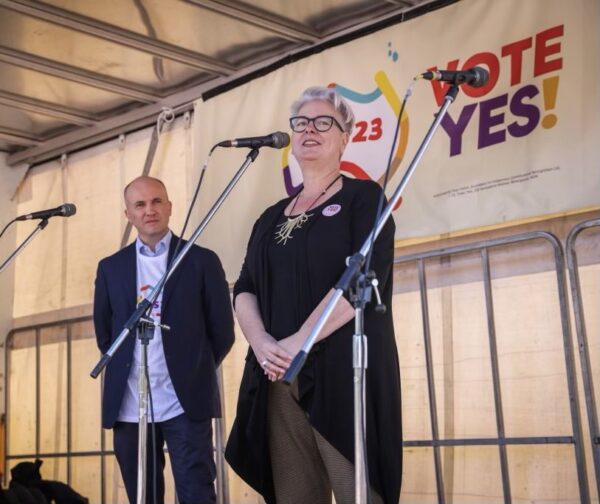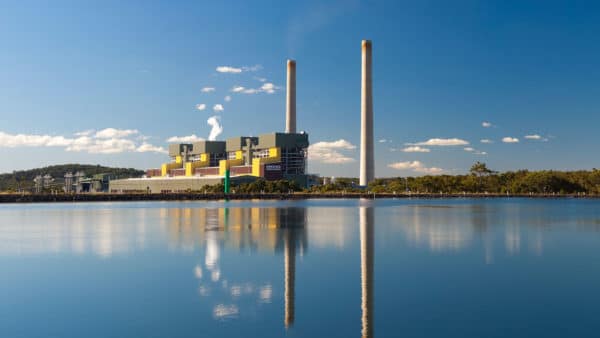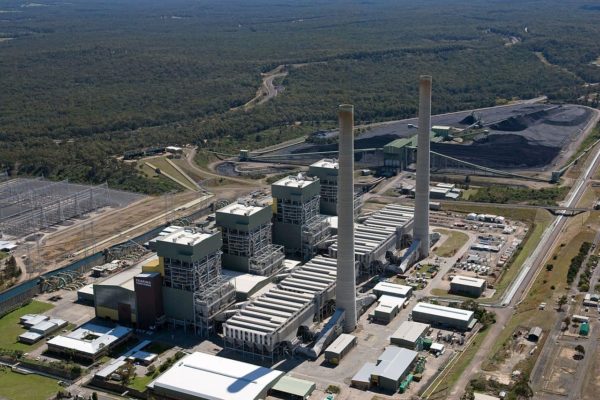The NSW government has this morning confirmed it will “engage” with Origin Energy to extend operations of the 2.9 GW Eraring power station, located north of Sydney near Newcastle, due to concerns that renewable projects are not being brought online quickly enough to replace the state’s withdrawing coal capacity.
In a press conference on Tuesday, the new NSW energy minister, Penny Sharpe, said she couldn’t give a dollar figure on the cost of keeping Eraring open past 2025. “I’m not going to speculate on what the costs could be,” she said.
Earlier this week, former NSW energy minister Matt Kean claimed it would cost $3 billion (USD 1.9 billion) to keep Eraring operational for another two years, but Sharpe rebutted this figure, calling it “unverified.”

Image: Twitter
Sharpe also noted the possibility of Origin funding the extension itself, adding there may be other ways to “buffer” energy security risks in the state without Eraring.
The announcement quickly drew criticism, with Climate Energy Finance director, Tim Buckley, calling the move “totally unjustified.”
Greenpeace Australia Pacific’s CEO, David Ritter, meanwhile described it as “bonkers” and a “backwards step.”
“Propping up an old polluting coal-burning power station with public money during both the climate and cost of living crises is bonkers. The Minns government must immediately rule out the possibility of spending taxpayer funds on keeping Eraring Power Station open beyond 2025,” Ritter said.
Buckley added public money would be far better spent accelerating the transition. He called on the NSW government to replicate Queensland’s progressive coal export royalty program, adding: “it’s high time the myth of the presumed centrality of end-of-life, expensive, high emissions coal power to energy security was busted. In 2022, forced outages at Australia’s ageing coal power fleet meant coal capacity fell way short of forecasts, crippling the national electricity market.”
Minister Sharpe did not provide a timeframe on how much longer the government or its consultants want Eraring to stay operational, nor how many of its four units would be required. She did, however, emphasise that it would be a “temporary” extension.
NSW’s Minns Labor government, which won power in March, also released the details of a so-called energy system “check up” NSW Electricity Supply and Reliability Review completed by consultant Cameron O’Reilly and a small panel. Among the 54 recommendations made in the report was advice to consider postponing Eraring’s closure. Of the recommendations, the NSW government has already accepted 44 in full, and three in part.

Image: Origin
The connection of large-scale renewable projects not only in NSW but across Australia has stalled in 2023, and so too has the approval of such projects. While the state has a solid pipeline of proposed renewable projects, whether they can be approved, built and connected before the state loses its coal generators is seen as questionable.
“You can’t go anywhere without people talking about the slowness in planning,” Sharpe noted during the press conference. “We’re looking at streamlining the planning processes that will allow these projects to happen as quickly as possible.”
AGL Energy completed the closure of the nearby Liddell coal plant in April, which had 2 GW of capacity at its peak. NSW’s remaining coal plants, Bayswater, Mount Piper, and Vales Point are expected to be mothballed within the decade.
Emissions reduction in Australia deemed 30 times too slow
Australia needs to be reducing emissions more than 30 times faster than it did from 2013-2019 to comply with the Paris Agreement, a paper published in The Lancet Planetary Health journal has found.
The study looked at 11 high-income countries that have ‘decoupled’ emissions and economic growth, including Australia, and found each of them was reducing emissions far too slowly to limit global warming to well below 2°C. Australia was one of the worst-performing countries in the cohort.
The researchers concluded continuous economic growth is likely incompatible with appropriate emissions reduction.
This content is protected by copyright and may not be reused. If you want to cooperate with us and would like to reuse some of our content, please contact: editors@pv-magazine.com.









By submitting this form you agree to pv magazine using your data for the purposes of publishing your comment.
Your personal data will only be disclosed or otherwise transmitted to third parties for the purposes of spam filtering or if this is necessary for technical maintenance of the website. Any other transfer to third parties will not take place unless this is justified on the basis of applicable data protection regulations or if pv magazine is legally obliged to do so.
You may revoke this consent at any time with effect for the future, in which case your personal data will be deleted immediately. Otherwise, your data will be deleted if pv magazine has processed your request or the purpose of data storage is fulfilled.
Further information on data privacy can be found in our Data Protection Policy.